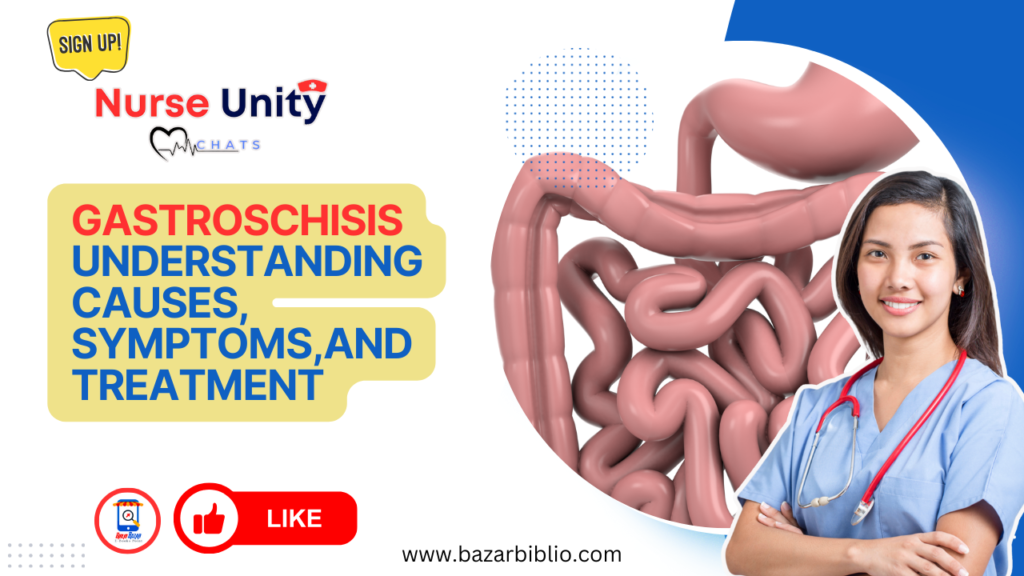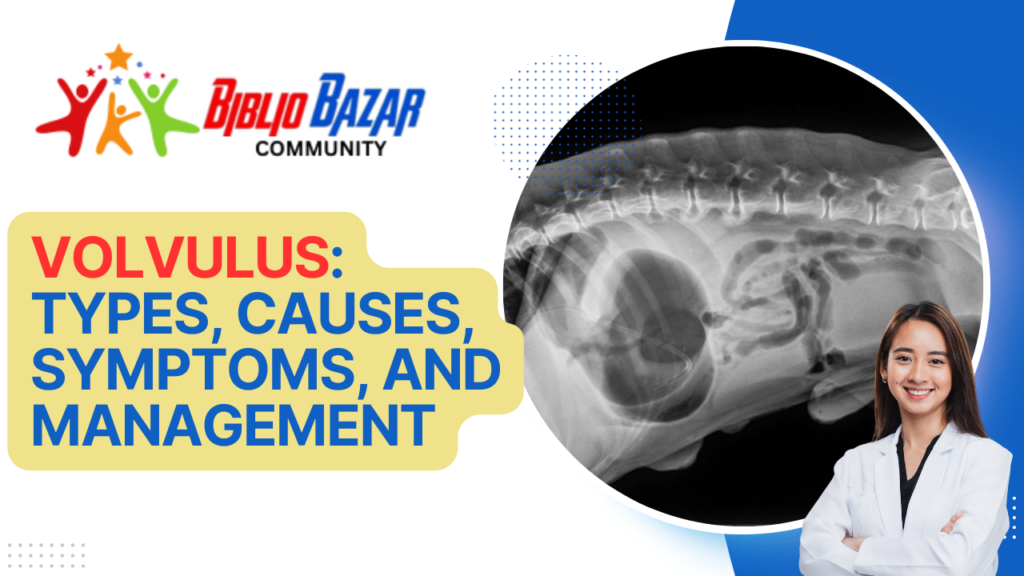
Gastroschisis is a serious congenital condition where a baby is born with the intestines protruding outside the body through an opening in the abdominal wall. This defect occurs early in pregnancy, typically before the 12th week, when the abdominal wall fails to close properly. Unlike other similar conditions, gastroschisis does not involve a protective covering, leaving the exposed intestines vulnerable to irritation and damage. Early detection through prenatal imaging can help healthcare providers plan for immediate care after birth, significantly improving outcomes for affected infants.
The exact cause of gastroschisis remains unclear, but several factors may contribute. While genetic factors play a role, environmental influences such as maternal smoking, drug use, and malnutrition during pregnancy have also been identified as potential risk factors. Young mothers, particularly those under 20, have a higher incidence of having babies with this condition. Other associated risks include low socioeconomic status and exposure to certain chemicals or toxins.

At birth, the symptoms of gastroschisis are immediately apparent. The most noticeable sign is the visible protrusion of the intestines outside the abdominal cavity, typically to the right of the umbilical cord. This condition is life-threatening without prompt medical intervention, and affected infants require immediate surgical repair to prevent complications such as infection, dehydration, or further injury to the exposed bowel.
The primary treatment for gastroschisis involves surgery to return the protruding intestines to the abdominal cavity and close the defect. If the abdominal space is inadequate to accommodate all of the intestines at once, a staged approach may be necessary. This involves the use of a silo—a protective covering that allows for gradual replacement of the intestines into the abdomen over several days. Once the intestines are properly positioned, a final surgical closure of the abdominal wall is performed.

Postoperative care is critical and takes place in a neonatal intensive care unit (NICU) where the infant can be closely monitored. This includes managing pain, preventing infection, and ensuring proper nutrition. Initially, feeding may be done through intravenous means until the baby’s digestive system is ready to handle food. Nurses and healthcare providers play a crucial role in the recovery process, focusing on monitoring vital signs, fluid balance, and any signs of complications such as bowel obstruction or infection.
Caring for a baby with gastroschisis can be overwhelming for parents, as the initial weeks often involve intensive medical treatment and monitoring. Emotional support and education from healthcare providers can help parents navigate this challenging time, equipping them with the knowledge and skills needed for their baby’s care.

Gastroschisis is a complex condition, but advancements in neonatal surgery and care have greatly improved outcomes. With timely intervention and comprehensive support, most infants affected by gastroschisis can lead healthy lives.
Frequently Asked Questions (FAQs)
- What is gastroschisis?
Gastroschisis is a congenital defect where the intestines protrude outside the body through an opening in the abdominal wall. - What causes gastroschisis?
The exact cause is unknown, but factors like maternal smoking, drug use, and young maternal age are associated with increased risk. - How is gastroschisis diagnosed?
Gastroschisis is typically diagnosed through prenatal ultrasounds, which can detect the condition before birth. - What are the symptoms of gastroschisis?
Symptoms are apparent at birth, with the most noticeable sign being the visible protrusion of the intestines. - What treatment is available for gastroschisis?
Treatment usually involves surgery to place the intestines back into the abdomen and close the defect. - Can surgery be done immediately after birth?
Yes, surgery is often performed shortly after birth to minimize complications. - What is the recovery process like?
Recovery includes monitoring in the NICU, managing pain, and gradually introducing feeding as the digestive system heals. - Are there long-term complications associated with gastroschisis?
Some infants may experience feeding difficulties or short bowel syndrome, requiring ongoing medical care. - How can parents prepare for caring for a baby with gastroschisis?
Education from healthcare providers and emotional support are vital in helping parents manage the initial challenges. - What is the prognosis for infants with gastroschisis?
With timely treatment and care, most infants with gastroschisis can lead healthy lives.
Discover more from Bibliobazar Digi Books
Subscribe to get the latest posts sent to your email.


